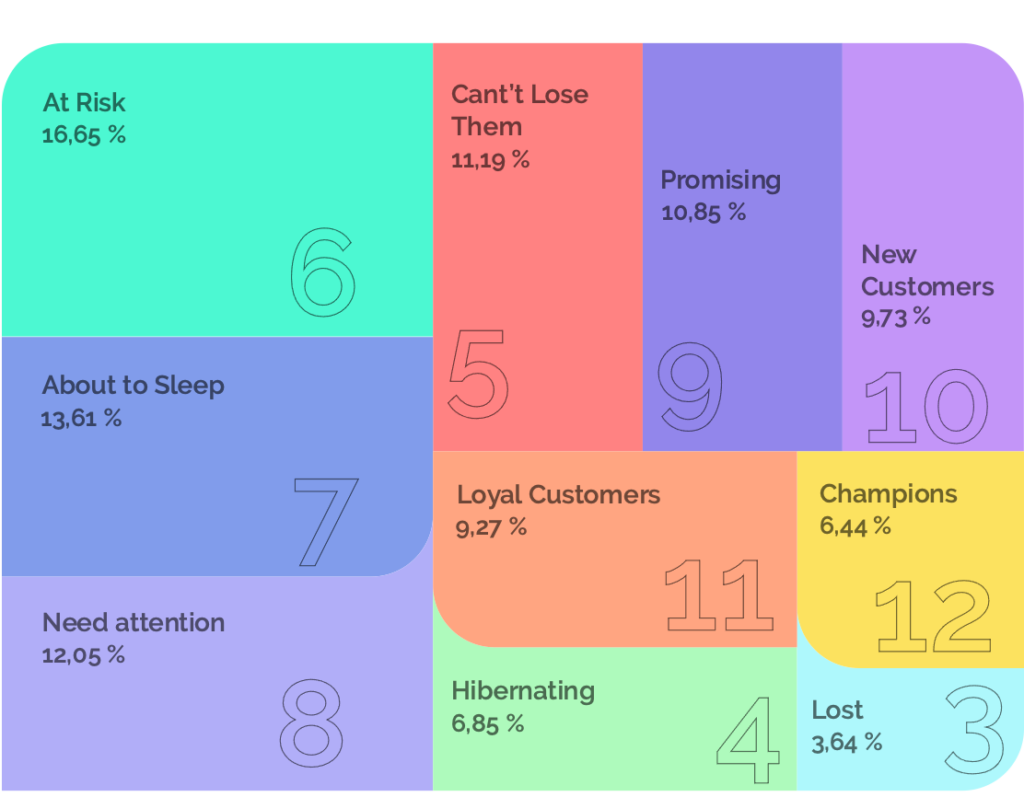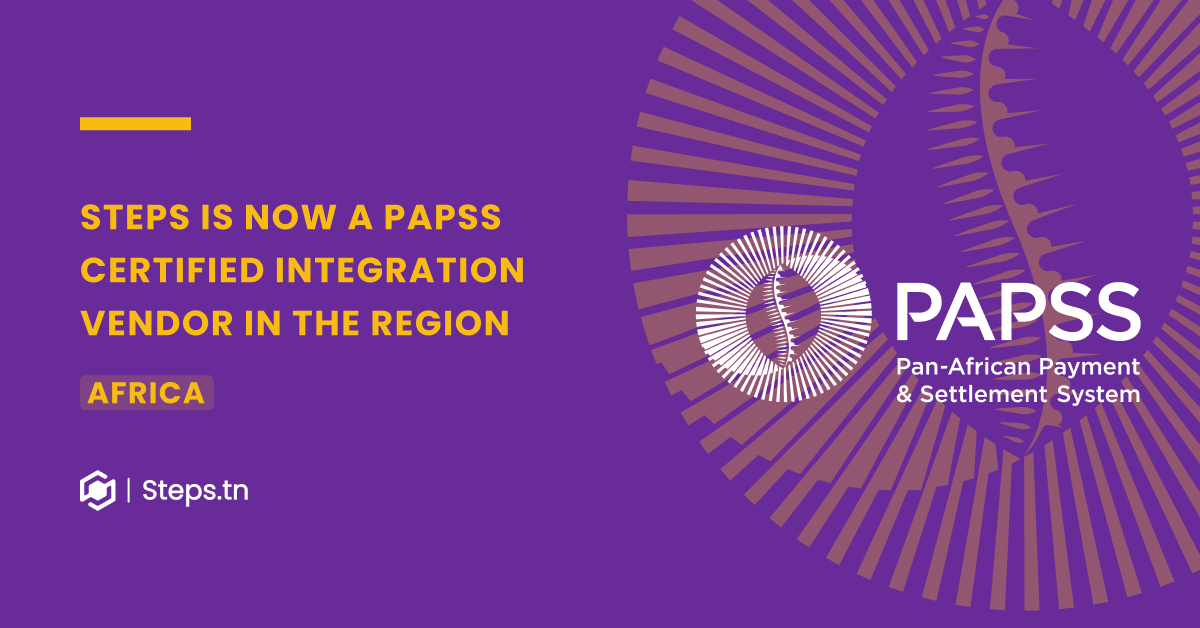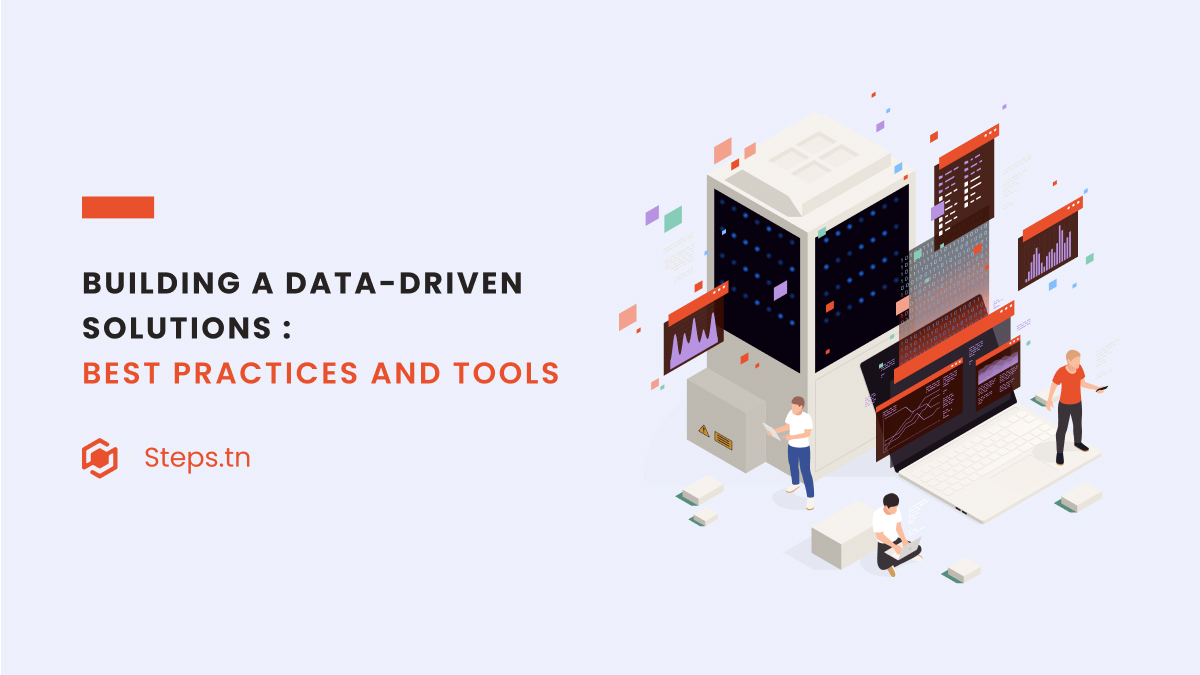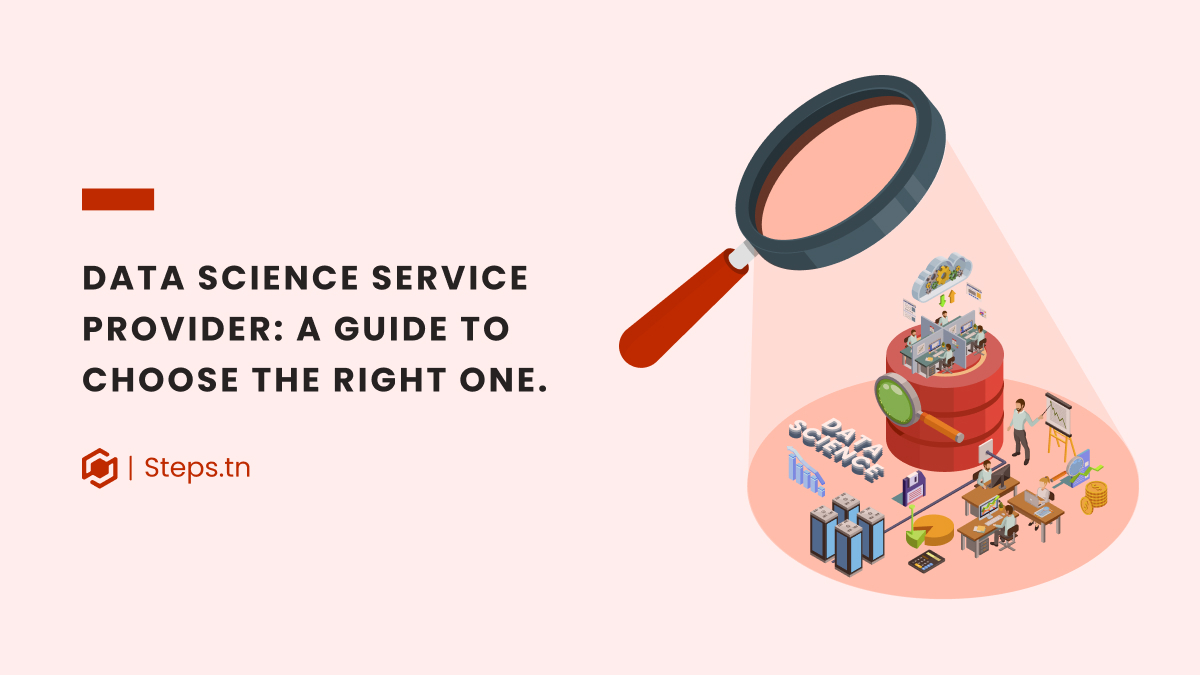RFM analysis saves you when you are drowning in an ocean of unorganized data. That’s the conclusion if you have just received a report showing your customer’s data, and you want to make good use of that data to succeed in your next marketing campaign. And as your business grows, getting to know your clients and segmenting them can significantly increase your sales.
But first of all, what is customer segmentation, and what does RFM means?
Hence, by definition, customer segmentation is “the process by which you divide your customers up based on common characteristics. ”
And RFM is?
Without a doubt, RFM is a powerful customer behavior segmentation technique. It’s a data-backed method for determining customer value based on purchasing history. Namely, by analyzing and combining three main variables, which are recency(R), frequency(F), and monetary value(M). So, understanding each metric will allow businesses to cluster customers into different groups and predict their future behavior.
So, now let’s look closely at each one of those variables:
What are recency, frequency, monetary values?
RFM rank quantitatively each customer based on the following factors to best predict future purchases and customer profitability
Recency value: How recent was the customer’s last transaction with a brand?
And it refers to the amount of time passed since a customer’s last activity. The activity or the interaction with the brand could include the last purchase, a visit to the website/ the mobile app, etc.
Usually, the more recent the customer has transacted with the brand, the more likely they will respond to the brand marketing efforts. Also, they may keep the product in their mind for subsequent purchases. On the other hand, the customer who has not made any transaction for a long time, it’s possible that he may lost interest or just switched to competition.
Frequency value: How often has a customer transacted with the brand over a given period?
To explain more the frequency value, we can refer to it as the number of purchases made in the past. The more the customers purchase from your brand, the more likely they will consider your product in the future. In short , greater frequency is a good indication of customer loyalty.
Monetary value: How much has a customer spent on your brand over a given period?
Customers who spend the most are more likely to spend more in the future. Hence, companies should identify the big spenders to treat them differently as they are considered high-value customers.
RFM in a nutshell
Well, it involves a lot of data analysis behind it, but let’s simplify it.
The RFM analysis starts by exporting customer purchase history as raw data, then setting an RFM scale and assigning scores on each of the above three main factors.
And after calculating the RFM scores, we can understand the behavioral patterns of the customers and classify them based on that into 11 groups.
So let’s start with the “cool 5”.
| Types of customers | Recommended actions for them |
| Champions: Are the best customers. They bought recently, more frequently, and are heavy spenders. | As they are your best customers, their happiness should be a top priority. Reward them, they can be early adopters for your new product, and their positive word of mouth will help promote your brand. |
| Loyal customers: They will keep choosing you over the competition. They are the customers that buy more frequently from your brand. | Loyalty programs are the best for this segment to make them feel valued. Create loyalty cards in which they can gain points each time they purchase from your brand. Engaging with them is also recommended. |
| Potential Loyalists: They are recent customers, have spent a good amount of money, and have done so more than once. | With the potential of contributing further, try to gain this segment and turn them into loyal or champions customers. And that by offering membership cards and recommending related products. |
| Recent customers: Have bought recently from your brand but not frequently. | As they have recently started using the products/ services of your brand, they need to know more about your company. Hence, the company should keep providing continuous support and building relationships. |
| Promising: They are recent customers that haven’t spent much. | Create brand awareness by offering, for example, free trials or product samples or sending them educational content. |
After knowing the cool five, let’s get to know now the ” spicy 6″.
| Types of customers | Recommended actions for them |
| Needs attention: This segment buys more often and for more money than the average. But may not have bought recently and might consider stopping using products from the brand. | To reactivate this segment, you should make further personalization in communication, recommend new products based on their purchase history or communicate to them limited offers. |
| About to sleep: They are existing customers who have not made any purchases for a long time. They have below-average recency, frequency, and monetary values. | Try to reconnect with them and make the last push by offering discounts, popular deals, and sharing valuable resources. |
| At risk: They spent much and did so often, but they haven’t purchased anything recently. | Try to Bring them back by sending them personalized emails or other messages to reconnect again. |
| Can’t lose them: Similar somehow to the ” at-risk” and as they are high-value customers, the company should win them back | Know what went wrong with the segment and try not to lose them to competition by running surveys, talking to them, and making them feel valued. |
| Hibernating: They haven’t been back in a long time, and they haven’t bought anything recently. | Offer relevant products and special discounts if you want them back. |
| Lost: They have the lowest recency, frequency, and monetary values scores. | You could do one last promotion. |

How RFM helps improve business understanding?
By knowing all the different segments, now it’s easier to answer the following question:
- Who are my top and best customers?
- Who are my lost customers?
- Which customer has the potential to buy more?
- Which customer must you invest in to retain?
- Who could potentially become a loyal customer?
- Which group of customers is most likely to respond to your current marketing efforts?
What are the benefits of RFM analysis?
- Recognizing your most and least valuable customers, so creating a unique customer journey for the different segments
- Understanding customer behavior, hence, predicting how segments could develop in the future
- The data collected can be a good source for loyalty programs
- Improving conversion rates and lowering churn rates
- Minimizing the waste of resources through effective targeting
- More satisfied customers through the tailored marketing campaigns
Conclusion
In conclusion, the RFM model enables you to get a holistic view of your new and existing customers. Hence, creating strategies to maximize the lifetime value of your customers. Read our case study about our client in the retail sector and how we helped him segment his customers properly to create targeted campaigns using the RFM.
So if you are facing a challenge with your dataset and want to see the power of RFM analysis, contact us. And surely we will get in touch to resolve your issue.





